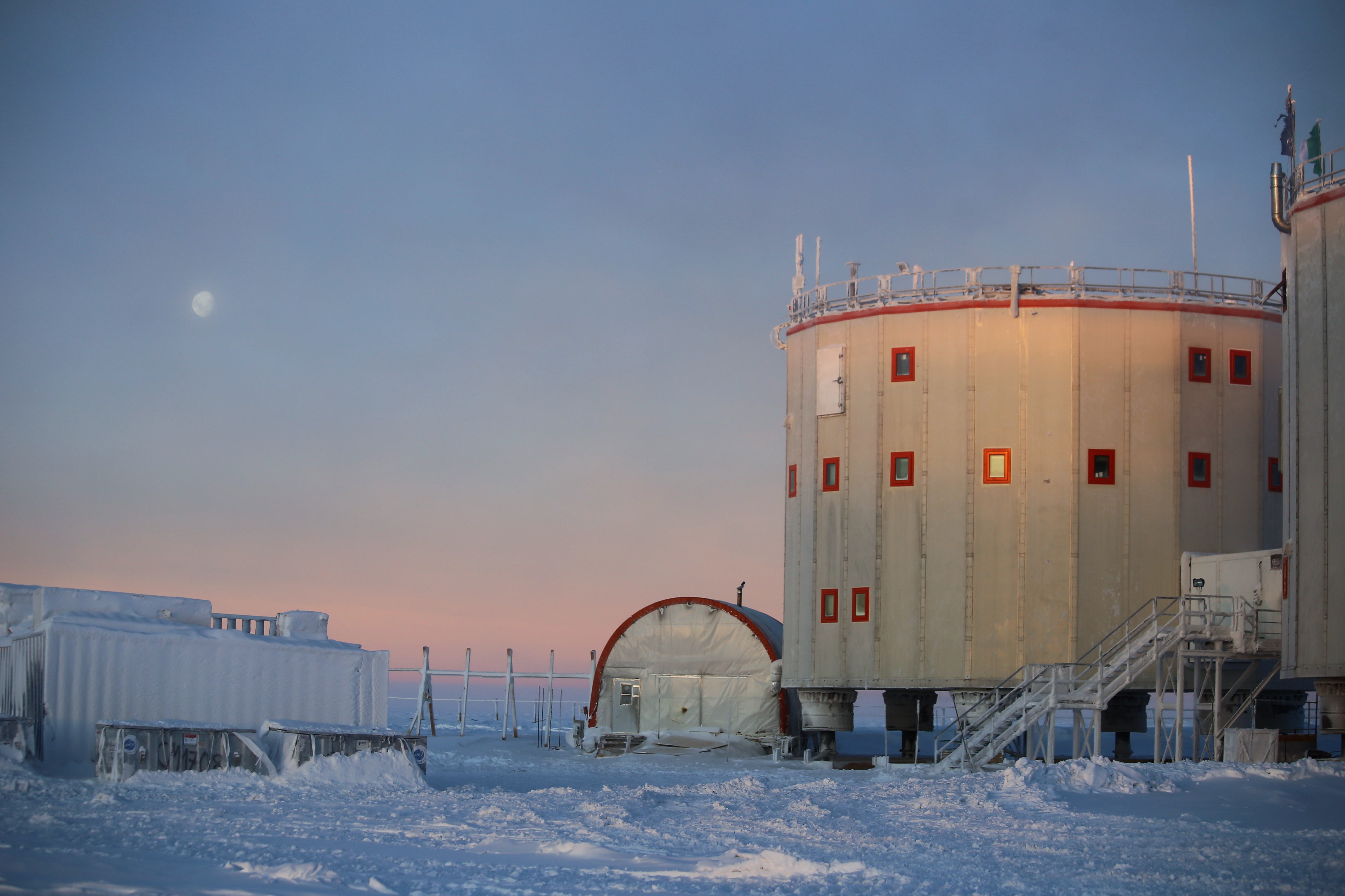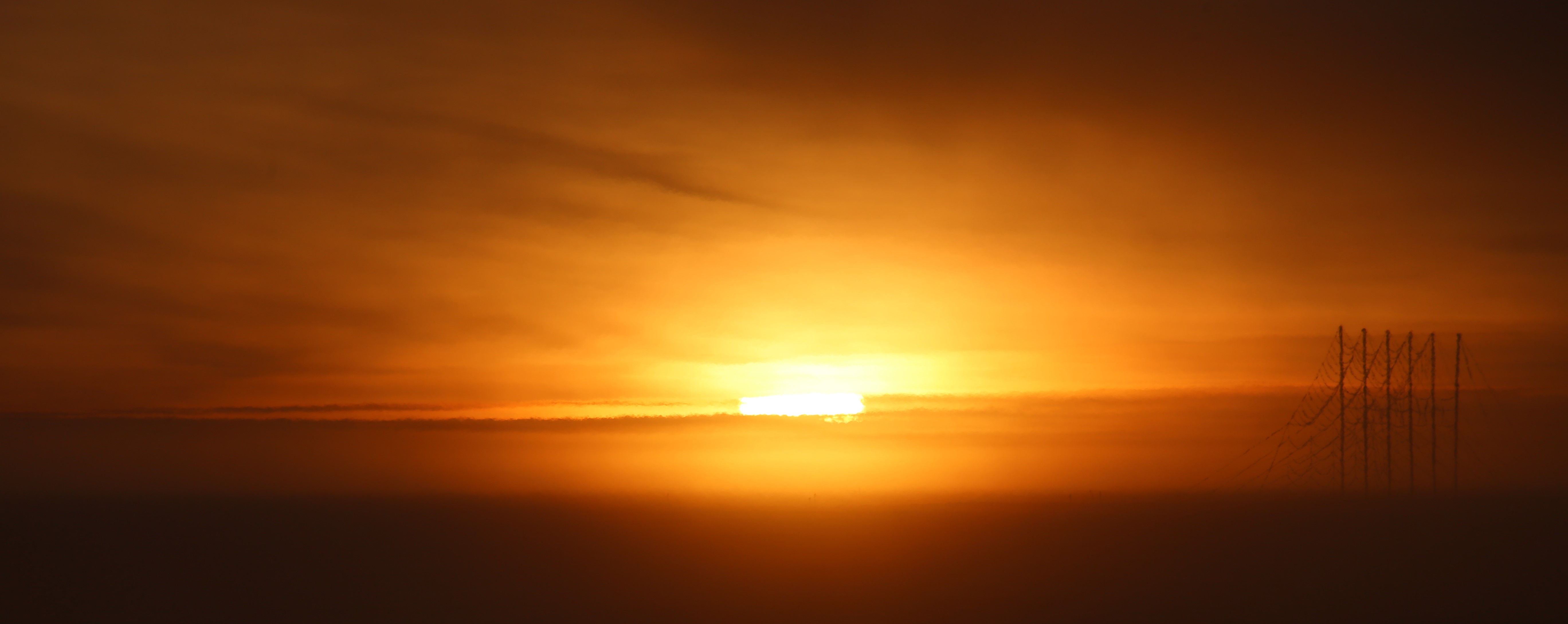Dr. Nadja Albertsen is the ESA-sponsored medical doctor spending 12 months at Concordia research station in Antarctica. She facilitates a number of experiments on the effects of isolation, light deprivation, and extreme temperatures on the human body and mind.
There is a north-northeastern wind.
It is early Saturday morning, 10 August, and I stand at the entrance to the base – on the warm side of the door – wearing nightwear and morning hair. The weather display shows mild conditions with a temperature of –45°C, –65°C with wind chill and some nice air pressure. Winds from the north always bring cloudy weather to Concordia.
10 August is the day the sun is predicted to rise for the first time since (approximately) 4 May. It is long awaited; there is a little disagreement on whether it was already up on 8 August. But me and the meteorologist hold that what we have seen over the last few days is refraction – a deflection of the Sun’s rays into the atmosphere that makes it look like the Sun. Just as water bends light, the atmosphere can have the same effect.
It is bright at 11:30, but no sign that the clouds are breaking up. I am stubborn, so I pull on my polar gear and go in search of the Sun. The moon is dimly visible behind the cloud deck and when I tilt my neck all the way back, the blue sky is a contrast to all the white – but still no Sun.
I take advantage of the mild weather for a longer walk in a world where the sky and earth are the same colour and bleed together into the horizon. It is completely quiet. When the wind is in the north, the sound of the base’s engine goes with it in the opposite direction of our summer camp, which is where I am.
Sun or not, it’s quite magical.
When there are no clouds, the landscape around Concordia seems almost endless. When it is cloudy, the world seems to close in around us, a more acute isolation.
I take off my goggles for several minutes. For the first time in months, it is warm enough, and though the lenses are clear, it is still amazing to view the landscape without them. With over three months left in Antarctica, I am sucking it all up, like a giant bacon smoothie.
Light of heart and a little cold in the eyes, I go back to the base. It is lunch time and I am on table and dish-washing duty.
I am (almost) sure that tomorrow the layer of cloud will disperse, and the Sun will shine and the cold will bite again. First sunrise or not – we will eventually get so much, we will tire of it. By the end of October the Sun is all we will see.
UPDATE from Sunday–Monday 12–13 August:
Quite right: Pictures of the shining Sun were taken on Sunday and Monday. The temperature dropped to –65°C/–80°C and the goggles stayed on.
To read Nadja’s adventures at Concordia in Danish, see her personal blog.








Discussion: one comment
Welcome sun.
Beautifull pictures.